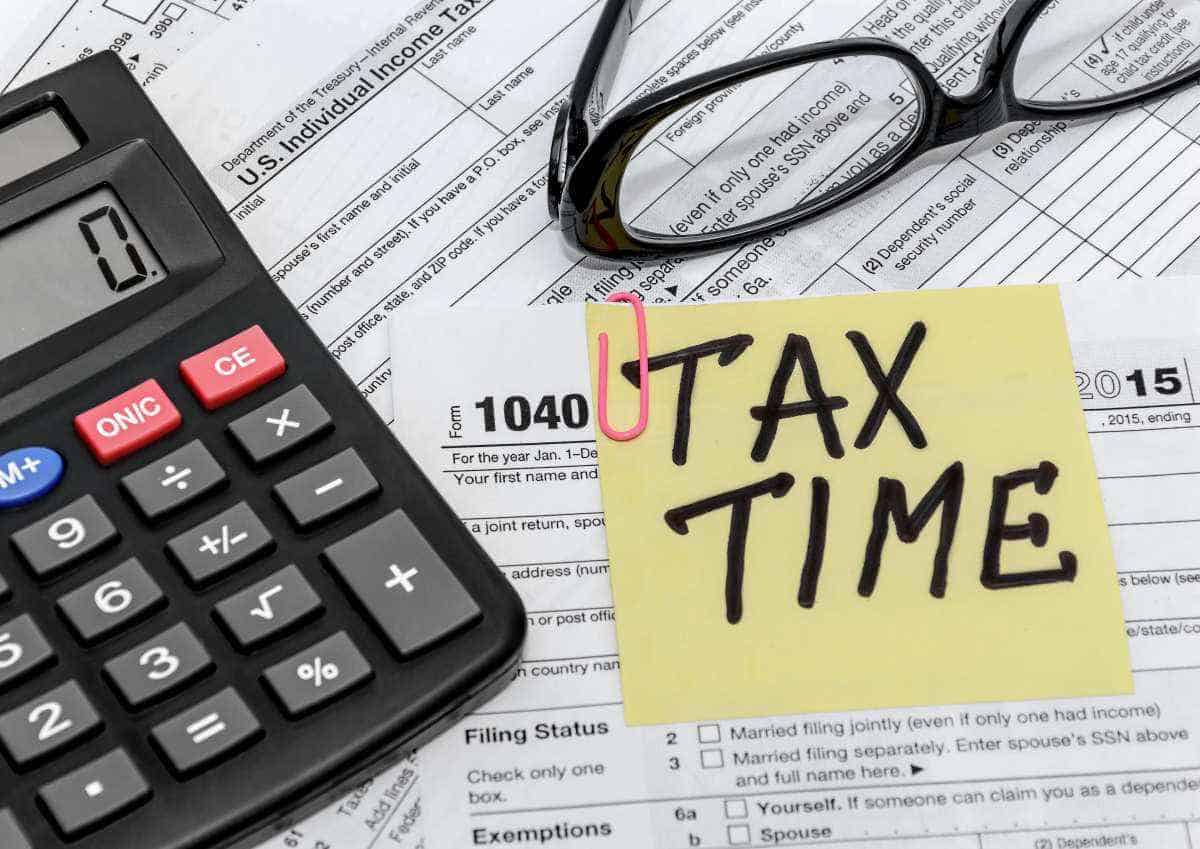Using the 0% tax rate
Generally, profits from selling assets such as securities and real estate held in taxable accounts are classed as long-term if the holding period was longer than one year. Tax rates on long-term capital gains are 0%, 15%, or 20%, depending on the seller’s income.
To maximize use of the 0% rate, your taxable income (after all deductions) in 2019 must be no more than $39,375 for single filers and married individuals filing separately, $52,750 for heads of household, or $78,750 on a joint tax return. (Inflation adjustments may increase those numbers in the future.)
Can you use a 0% tax rate?
Example 1: Ryan and Ellie Ford have income over $100,000 on their 2018 tax return, reporting $60,000 of taxable income. (That’s after taking the standard deduction and deducting pre-tax contributions to retirement plans.) The Fords expect to have similar income in 2019.
Suppose Ryan and Ellie sell $50,000 of shares in a U.S. stock fund, which they had bought several years ago for $35,000, generating a $15,000 long-term capital gain in a taxable account.
Assuming the Fords will have no other capital gains or losses in 2019, this gain is expected to bring their taxable income for the year from $60,000 up to $75,000. In this scenario, the Fords will owe 0% income tax on their $15,000 long-term capital gain because their taxable income would be under the $78,750 threshold.
What would happen if the Fords misjudge and wind up 2019 with taxable income of $80,000, including their $15,000 long-term capital gain? Does this prevent them from using the 0% capital gains tax rate?
No, the Fords won’t have their gain completely taxed at 15%. If Ryan and Ellie have taxable income of $80,000 — $1,250 above the threshold — that $1,250 would be taxed at 15% ($187.50), the next capital gains rate, and the balance of their gain ($13,750) would be taxed at 0%. So, this couple would owe only $187.50 on a $15,000 long-term gain, which they might consider a savvy move.
Qualified dividends
Income from stock dividends may be taxed at ordinary income tax rates of up to 37% this year. However, on some dividends (subsequently discussed), taxpayers may owe 0%. Again, the cut-off points are the same as they are for 0% long-term capital gains: taxable income under $39,375 for single filers, for example, and $78,750 on a joint tax return.
Example 2: George Drake is retired, with $55,000 in annual income, including $10,000 of income from stocks and stock funds that he holds in taxable accounts. George itemizes deductions, and his taxable income is well under $40,000 each year. As a result, George owes 0% tax on his dividend income this year.
Most dividends, including dividends passed through from stock funds, are qualified dividends that receive favorable tax treatment, although some conditions apply. (See Trusted advice box.) Qualified dividends are taxed at the same rates as long-term capital gains, so if your income is too high for the 0% rate, you’ll owe tax at 15% or 20%.
It’s a truism, for good reason, that you shouldn’t let the tax tail wag the investment dog. That said, if you expect to be in the 0% bracket, you might consider holding some dividend-paying stocks or stock funds in a taxable account for untaxed income.
Trusted advice
Qualified dividends
Qualified dividends must pass all these tests:
- They must be paid by a U.S. corporation or a qualified foreign corporation.
- They must not be specifically excluded by the IRS as not eligible as qualified dividends (see IRS Publication 550, p. 20). That list includes capital gains distributions and payouts that are really interest income.
- You must have held the stock paying the dividends for more than 60 days during the 121-day period that begins 60 days before the ex-dividend date. (The ex-dividend date is the first day of trading on which the buyer of a security is no longer entitled to the most recently announced dividend.)
Click here to view the article.
Article: Working around the new “kiddie tax”
The article on page 1 of this issue of the CPA Client Bulletin explains that single taxpayers with taxable income up to $39,375 ($78,750 on joint returns) can pay 0% tax on long-term capital gains. That may suggest some income-shifting strategies.
Click here to view the full article.
Article: Final regulations clarify IRC Section 199A
The IRS recently published final regulations regarding Section 199A of the IRC. That section, created by the Tax Cuts and Jobs Act of 2017, offers a 20% deduction for qualified business income (QBI). This deduction may be available to non-C-corporation taxpayers such as sole proprietors, business partners, certain LLC members, S corporation shareholders, and some others reporting business income.
Click here to view the full article.
View the tax calendar here.
About Batley CPA
Batley CPA, LLC is a full-service CPA firm providing tax, accounting, payroll and advisory services to businesses and individuals throughout Green Bay and the Fox Cities. Batley CPA regularly provides clients with best practices and strategies to maximize cash flow, profit, reduce taxes, manage costs and risk, and bring meaning to financial and operational data. The company has offices in Appleton, Neenah and Green Bay.
Batley CPA is available to answer any questions you may have about the 0% tax rate.
View original article on 0% tax rate here.

